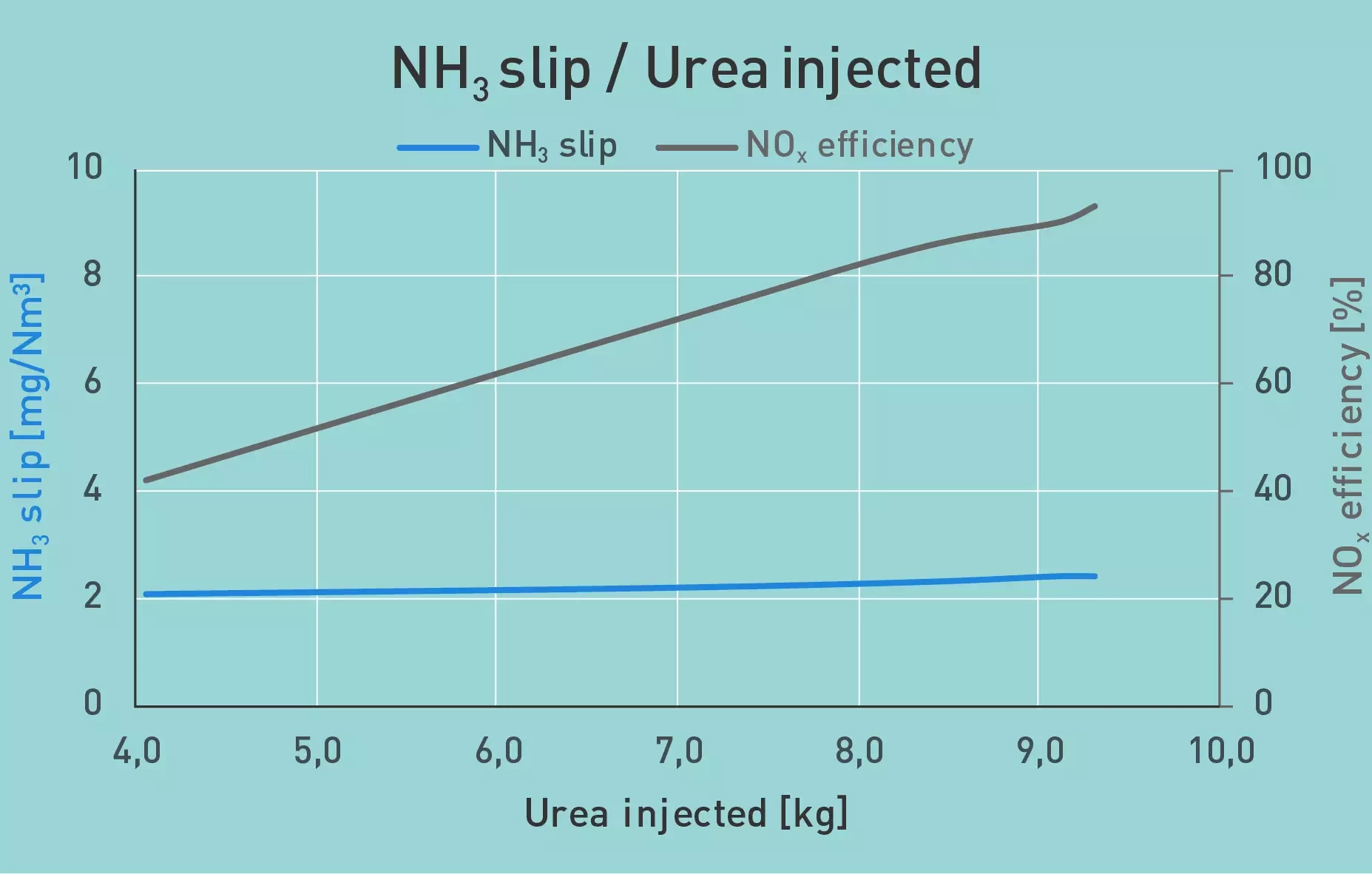In 2016, Lauscha Fiber realized the existing electrostatic precipitator will not be able to meet upcoming stricter limits. The project goal is to improve the existing situation, not only to meet upcoming limits, but to reach the lowest possible emissions.
Robert Greiner concluded: “Basically we had three options”:
- Upgrading the existing ESP and adding a SCR unit downstream
- Installation of a baghouse filter plus reheating and SCR
- Installation of a catalytic candle filter.
The installed electrostatic precipitator would have to be extended to meet future dust limits, which was a problem, as space is very limited on site. The additional SCR system would be able to meet the required limits, but would require even more space. This solution was not suitable due to space and would not be able to reduce the dust emissions further, which was the goal of Lauscha Fiber.
Instead of upgrading the existing system new independent solutions had to be checked. In the past, similar applications where Boron-Silicate glass is produced were equipped with a cooler and a downstream fabric bag house filter. These solutions struggle with the fine dust content due to the Boron, which leads to clogging within the filter and fine dust emissions. This technology reaches acceptable emissions for dust, but is limited to a flue gas temperature of max. 250°C. For the NOx treatment via a SCR catalyst, a reheating of the flue gases would be required which would lead to additional operating costs.
The innovative technology of a catalytic candle filter was then evaluated. Dürr successfully commercialized this technology first in China at a tableware producer and won the Bluetech Award 2017. Based on Dürr´s experience in China, Lauscha was confident that the Ecopure® CCF would meet their requirements. This 3-in-1 technology enables the treatment of dust, acid compounds and NOx in one step without any reheating of exhaust gas from the process. The system is smaller than the other emission control options considered by Lauscha, and the reachable emissions will stay far below current limits.
After comparing all options for Air Pollution Control in an extensive selection process technically and commercially the decision was made to choose an Ecopure® CCF.
A huge advantage on this project was the flexibility of LTB in working with Unifrax, the parent company of Lauscha Fiber. The Unifrax Engineered Thermal Components group has produced ceramic candles for more than 22 years. Recently Unifrax entered into a marketing alliance with Haldor Topsoe to combine its filter technology with the Topsoe catalyst and offer Topfrax® catalytic filters to the market. In this case, it was an easy decision to use Topfrax® catalytic candles for this application. The CAPEX and OPEX savings promised by this technology resulted in LTB´s first catalytic hot gas filter application in Germany.
Function of the ceramic candle filter
Based on the high temperature use limit of the ceramic fiber material the ceramic candles can withstand temperatures up to 900°C. In NOx-reduction applications the fibers of the candles are coated with a catalyst, which limits the maximum operation temperature down to <400°C. At this high flue gas temperature all required mechanical and emission control functions work properly. The absorption of the acid compounds by the injected hydrated lime is independent of the humidity of the flue gases, which at lower temperatures is a critical item.
For the NOx-reduction either Ammonia (NH3) or Urea needs to be injected. In this particular application Urea has been chosen because it can be stored inside in IBCs. During the injection, Urea reacts to NH3, which acts as a reactant for the DeNOx reaction.
To ensure a continuous use without stop, the Ecopure® CCF is designed with three modules. This enables a redundant use of the filter with two modules, in case the filters need maintenance or repair in one module. This function has been tested successfully during one year of operation. In case of a broken candle, the system detects the pressure drop of each single module and can be switched to maintenance mode, while the flue gases are treated with the remaining two modules. To replace the candles, the relevant module can be separated and the whole flue gas stream will be treated by the remaining two modules. After cooling down this module, candles can be exchanged easily and the system can continue using all three modules.
The amount of Urea introduced into the flue gas stream is depending on the required destruction of NOx, which can be detected with a sensor in the clean gas via the concentration of NOx. In case of fluctuations of the crude NOx concentration the amount of injected Urea will be adapted automatically by the integrated PLC.
In case of an over-dosing of Urea, the ratio of injected Urea to the destructed NOx will not more be stoichiometric. This will lead to a slip of unused NH3, which can be found in the clean gas. As Ammonia is easily detectible by its smell and limited by legislation, this was an important issue to check. In various tests, summarized in table 3, it was demonstrated that the clean gas concentration of NH3 is always far below the legal limits even in case of increased required destruction efficiency.
End result – ready for the future
The complete system has been in use for over a year. Dust emissions are down to levels far below current and expected future emission requirements, which is an enormous improvement to the former situation. NOx emissions are far below the required limits of 500 mg/m³ and the system offers potential to improve.
The reliability of the system has been proven to be very high, and operational cost have gone down. All parameters of the system can be monitored online via remote connection. This is also possible by the supplier so that rapid assistance can be provided.
Lauscha Fiber is now ready for the future. Special thanks go to Robert Greiner and his team from Lauscha Fiber as well as Johannes Skotte from Unifrax, who made this first installation in Germany. The Lauscha team is a strong supporter of this technology and will use this experience as a blueprint for further projects.
For more information please visit LTB and DÜRR at the Glasstec in Dusseldorf in Hall 15 stand G42 or contact us.
Further supplier information:
Unifrax: www.unifrax.eu.com and Haldor Topsoe



